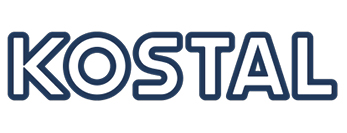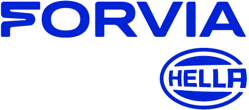itemis establishes integration of AUTOSAR and UML
Leopold Kostal GmbH & Co. KG is a major automotive Tier-1-supplier. They mainly rely on AUTOSAR as a standard for the development of ECU software.
Like many other companies, KOSTAL uses multiple “standard” AUTOSAR configuration tools for the specification of the structural aspects and the automatic generation of the runtime environment (RTE) and the basic software. But these tools do not cover the specification of the dynamic aspects in an adequate way. In addition, the transformation from a component based architecture to a module based detailed design was not supported.
KOSTAL decided to do the specification and modeling based on the Unified Modeling Language (UML). This approach has its strength in the combination of a well known modeling standard and the ability to customize it to the specific needs of KOSTAL.
itemis AG supported KOSTAL in designing and implementing a UML based methodology for AUTOSAR and the design, implementation and maintenance of the underlying tool chain.
A seamless integration of AUTOSAR and UML with established “standard” tools was not available in the market. Enterprise Architect from Sparx Systems is a well known and widespread UML modeling tool that gains market share also in the automotive domain. For optimal AUTOSAR development support, it missed a bidirectional transformation between UML and AUTOSAR models. Especially the integration of partial models into existing models was important and not supported.
EA-Bridge closes the gap between Enterprise Architect and Eclipse
KOSTAL decided to use Enterprise Architect for UML modeling. To bridge the gap between UML and AUTOSAR, an Eclipse based tool solution was established. An important component of this tool solution is the AUTOSAR tools platform (Artop) – a base platform for AUTOSAR tools available for all AUTOSAR members. itemis AG is an active development member of Artop and acts as a Design Member.
For the necessary bidirectional access between UML and AUTOSAR, itemis created a bridge between Enterprise Architect and Eclipse. It supports a transparent access to the model information in both directions. This solution is meanwhile available for other customers as part of the itemis product portfolio, called EA-Bridge.
Customization, validation, independence
Based on this solution, it was easy to create a bidirectional model transformation between AUTOSAR and UML models. A major benefit was the high degree of customization to the specific needs of KOSTAL.
The implemented solution fully respects the validation of all constraints defined in their methodology. This is of great benefit to the end users working on specifications with Enterprise Architect, as they get immediate feedback, whenever a constraint is not fulfilled.
The solution allows one to use the set of validation rules also in a standalone and headless mode. That way, it can always be executed before a code generator is started. In addition it is used during regular and automated build and validation processes. This ensures consistency throughout the whole development process.
Another benefit is achieved by making the models available and usable independently of the concrete UML tool – in this case Enterprise Architect. This leads to a good protection of the investment put into the models.
Completion by itemis CREATE
KOSTAL’s methodology allows to choose between different alternatives for the detailed design. UML is only one option. For some components, other alternatives fit better – e.g. block diagrams or finite state machines. That’s the reason why KOSTAL decided to include itemis CREATE into the toolchain – another member of the itemis product family. It supports the specification, simulation and customized code generation of reactive, event-driven systems based on the concept of statecharts. This again allows to give early feedback to end users. The highly customizable code generators allow to adopt them exactly to the needs of the requirements in a specific project.
The modularity of the solutions helped to easily establish a highly integrated toolchain based on Eclipse. Their high degree of customizability ensure, that they can be adapted to future requirements whenever needed.



